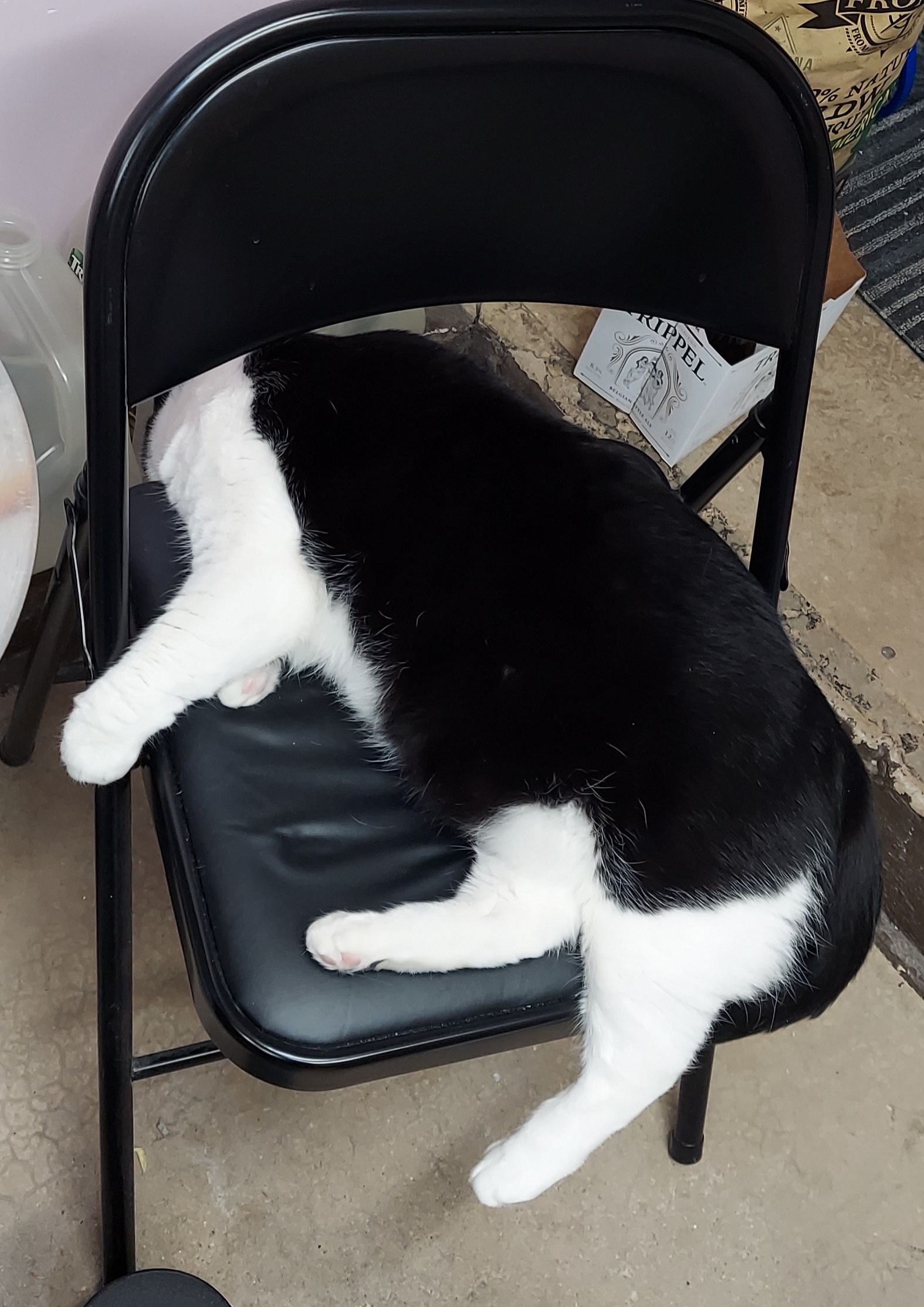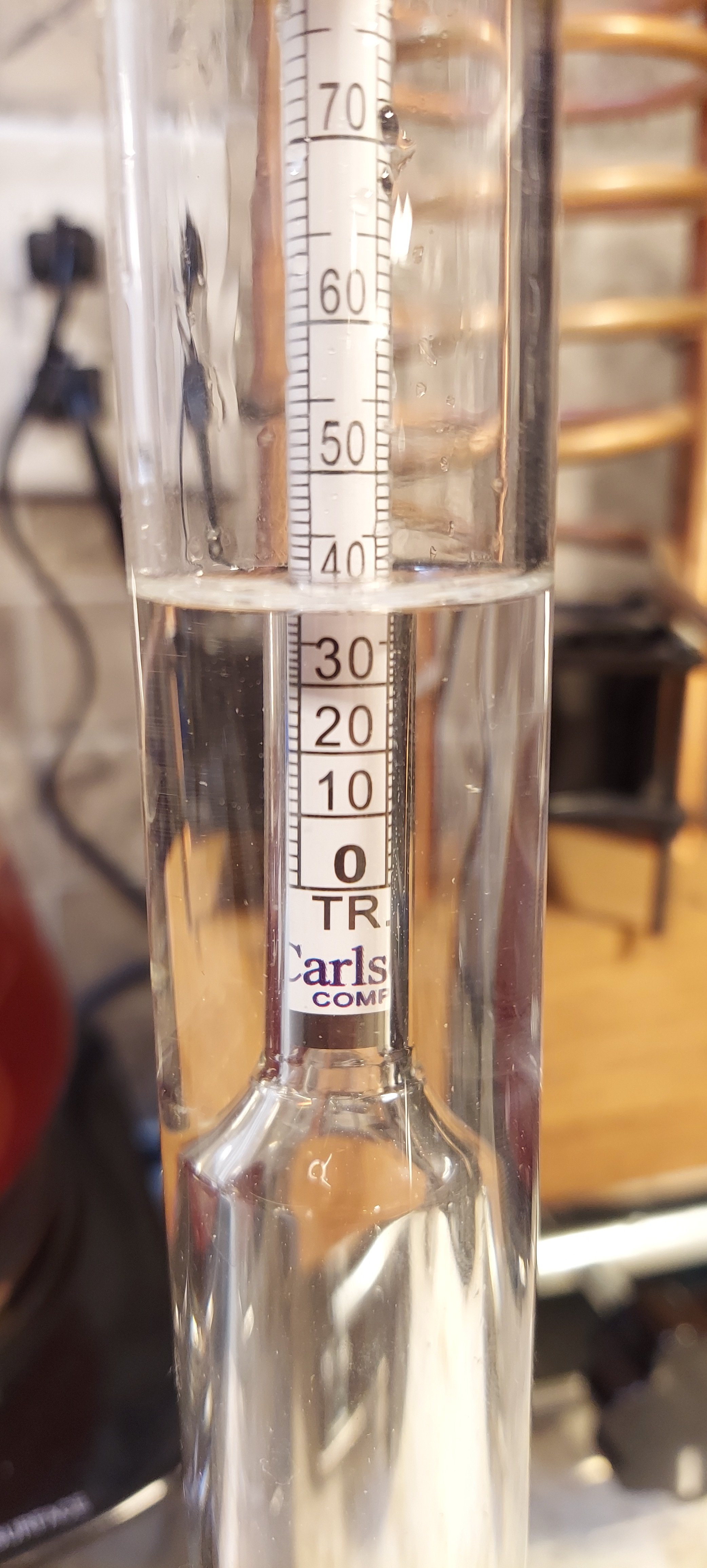This is a description of how I make cuts, YMMV.
I usually try to take about 8-12 cuts, starting off pretty small and as the hearts come on I'll make them a bit larger. When i start to detect a whiff of tails, I'll go back to smaller cuts because a lot of flavor is in the tails and later I can go back and use my nose to pick out the good ones to blend back in. To my nose, very early tails smell a bit like hazelnuts or pralines, I'll cut it right there. The next one or two tails cuts are typically nasty, the next few will be hit or miss, some of it flavorful, some smelling like wet cardboard, then as the run peters out the rest of it will be bad. I stop when the head temp reaches 205-208, when the abv is almost zero.
Next, I'll combine the hearts with the flavorful fractions from tails; this is the good jar, then take all of the rest, water it down a bit, and run it again. This run will follow the same pattern; harsh heads, a shorter hearts cut, then tails again. The good stuff from this batch will be 1/4 to 1/3 the volume of the good jar. Sometimes I combine them, but usually I'll age them separately on different types of wood or different char levels. All of the rest goes into a faints jug to be mixed with miscellaneous other leftovers.
IME, every run no matter what you put in will have some proportion of good stuff, because the same constituents come over at the same head temps; in this way you can recover a great deal of good stuff and of course, anything that gets messed up in blending or just has an unpleasant flavor, can be salvaged. Important to note that anything you run should be diluted to 40%, this is both a safety precaution, and also, a lot of the congeners are water soluble and so this will allow you to effectively pull out more clean ethanol, leaving the bad stuff behind in the boiler.
Its also surprising that even when I run a whole batch of "good" stuff, at the end what remains in the boiler always smells nasty. This is how to obtain higher purity neutrals, distill 3 or more times before it is clean enough to make flavored spirits like gin or absinthe.
























![Craft A Brew - Safale BE-256 Yeast - Fermentis - Belgian Ale Dry Yeast - For Belgian & Strong Ales - Ingredients for Home Brewing - Beer Making Supplies - [3 Pack]](https://m.media-amazon.com/images/I/51bcKEwQmWL._SL500_.jpg)
















































 and your still, IS still a joke!
and your still, IS still a joke! 